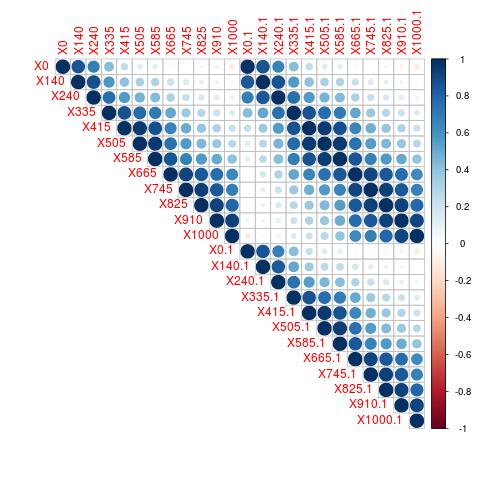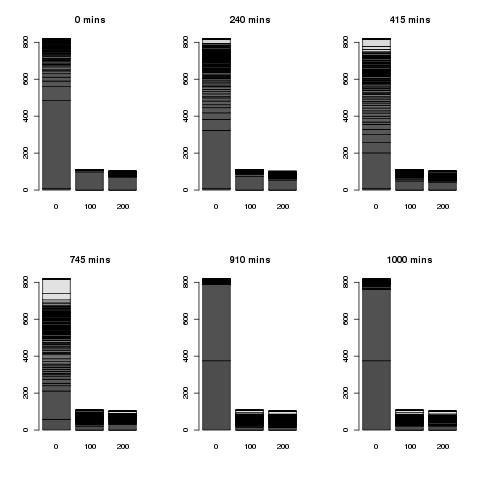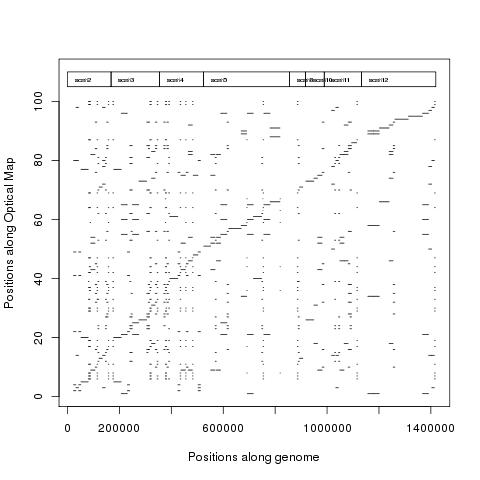535,461,456 bases which corresponds to 16.22% of the genome are considered "problematic regions in the genome assembly". Looking at the structural variants identified by previous studies available in the UCSC tables, we find 26,934 (13.3 % of reported structural variants) overlap these problematic regions.
Study Overlapping Total Percent_overlapping_problematic_regions
1 1000 Genomes Consortium Phase 1 2067 20554 10.0564367
2 1000 Genomes Consortium Pilot Project 322 7967 4.0416719
3 Ahn et al 2009 825 3704 22.2732181
4 Alkan et al 2009 139 177 78.5310734
5 Altshuler et al 2010 135 844 15.9952607
6 Arlt et al 2011 347 2522 13.7589215
7 Banerjee et al 2011 4 733 0.5457026
8 Bentley et al 2008 405 5646 7.1732200
9 Campbell et al 2011 281 1180 23.8135593
10 Conrad et al 2006 89 672 13.2440476
11 Conrad et al 2009 1144 8489 13.4762634
12 Cooper et al 2008 135 311 43.4083601
13 de Smith et al 2007 303 1492 20.3083110
14 Feuk et al 2005 0 3 0.0000000
15 Forsberg et al 2012 0 2 0.0000000
16 Giglio et al 2002 0 1 0.0000000
17 Gusev et al 2009 15 211 7.1090047
18 Hinds et al 2006 2 87 2.2988506
19 Iafrate et al 2004 56 187 29.9465241
20 Itsara et al 2009 495 4806 10.2996255
21 Jakobsson et al 2008 165 1424 11.5870787
22 Ju et al 2010 321 1289 24.9030256
23 Kidd et al 2008 934 7380 12.6558266
24 Kidd et al 2010 1 20 5.0000000
25 Kidd et al 2010b 179 739 24.2219215
26 Kim et al 2009 126 1300 9.6923077
27 Korbel et al 2007 411 974 42.1971253
28 Levy et al 2007 839 10146 8.2692687
29 Locke et al 2006 233 353 66.0056657
30 McCarroll et al 2006 100 531 18.8323917
31 McCarroll et al 2008 282 1313 21.4775324
32 McKernan et al 2009 581 6925 8.3898917
33 Mills et al 2006 332 5321 6.2394287
34 Pang et al 2010 652 6096 10.6955381
35 Park et al 2010 844 5747 14.6859231
36 Perry et al 2008 991 2889 34.3025268
37 Perry et al 2008b 175 341 51.3196481
38 Pinto et al 2007 304 1029 29.5432459
39 Redon et al 2006 1372 3308 41.4752116
40 Schuster et al 2010 90 186 48.3870968
41 Sebat et al 2004 36 77 46.7532468
42 Shaikh et al 2009 1133 12844 8.8212395
43 Sharp et al 2005 81 105 77.1428571
44 Simon-Sanchez et al 2007 64 232 27.5862069
45 Stefansson et al 2005 0 1 0.0000000
46 Teague et al 2010 732 4144 17.6640927
47 Tuzun et al 2005 132 286 46.1538462
48 Wang et al 2007 213 1291 16.4988381
49 Wang et al 2008 235 2644 8.8880484
50 Wheeler et al 2008 17 23 73.9130435
51 Wong et al 2007 643 5011 12.8317701
52 Wong et al 2012b 3347 33069 10.1212616
53 Xu et al 2011 4599 25794 17.8297278
54 Young et al 2008 3 7 42.8571429
55 Zhu et al 2011 3 3 100.0000000
Should these structural variants be removed from the UCSC table? Or atleast do they require further validation.














